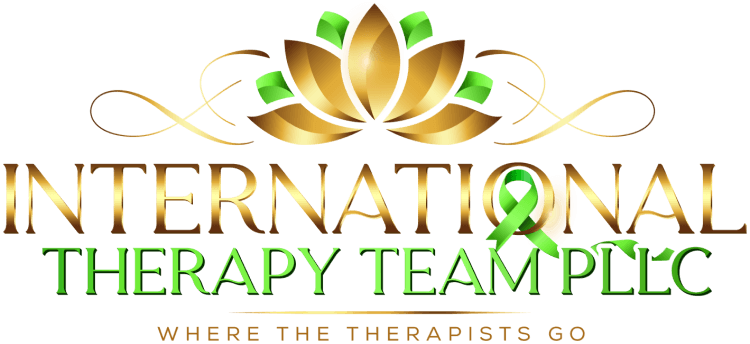In today’s digital age, therapy has made its way online, including Dialectical Behavior Therapy (DBT). But how does online DBT therapy compare to traditional in-person sessions? This FAQ blog explores the benefits and challenges of both modalities to help you decide which might be more effective for you.
What is DBT Therapy?
Dialectical Behavior Therapy (DBT) is a type of cognitive-behavioral therapy that aims to help individuals manage emotions, cope with stress, and improve relationships. Originally developed to treat borderline personality disorder, it is now used for a variety of mental health issues.
DBT combines cognitive-behavioral techniques with concepts derived from Eastern meditative practices. It emphasizes the balance between acceptance and change, providing clients with skills in four key areas: mindfulness, distress tolerance, emotion regulation, and interpersonal effectiveness.
Mindfulness, a core component of DBT, encourages individuals to be present in the moment and develop a greater awareness of their thoughts and feelings. This can be particularly beneficial in reducing impulsivity and enhancing overall mental well-being.
Benefits of Online DBT Therapy
Online DBT therapy offers several benefits, including greater flexibility and accessibility. You can attend sessions from the comfort of your home, which can be particularly beneficial for those with mobility issues or busy schedules.
Another significant advantage is the ability to connect with therapists or group sessions beyond your local area. This broadens your options for finding a therapist who truly aligns with your specific needs and preferences, thus enhancing the effectiveness of the therapy.
For many, online DBT also reduces the anxiety associated with traveling to a physical location, allowing therapy to become a more seamless part of their routine. This convenience can contribute to increased consistency and commitment to the therapy process.
Advantages of In-Person DBT Therapy
In-person DBT therapy provides a structured, controlled environment which can enhance the therapeutic process. This setting makes it easier to pick up on non-verbal cues and foster a personal connection between the therapist and client.
Being in the same physical space as a therapist can also create a more immersive experience. This environment might help clients take a mental break from their day-to-day stressors, dedicating specific time purely to their mental health.
Furthermore, the routine of attending in-person sessions can provide a sense of accountability. Knowing you have a physical appointment to attend can improve adherence to the therapy schedule, aiding in the establishment of beneficial habits and routines.
Challenges of Online DBT Therapy
Despite its benefits, online DBT therapy can also present challenges such as technology issues and a potential lack of personal connection. Ensuring a reliable internet connection and a quiet space for sessions are critical to overcoming these hurdles.
Another challenge is the potential for distractions during sessions. Being in the comfort of your home might lead to interruptions from family members or other household activities, which can detract from the therapy experience.
Clients may also find it difficult to replicate the same level of emotional engagement that is often easier to achieve in a face-to-face setting. Some individuals may feel more inhibited when expressing emotions or discussing sensitive topics through a screen.
How to Choose the Right DBT Therapy Format for You
Consider factors such as your lifestyle, personal preferences, and specific needs when choosing between online and in-person DBT therapy. It may also be beneficial to consult with a mental health professional to guide this decision.
Reflect on how comfortable you are with technology and your current home environment. Would you have a suitable space to focus solely on your therapy sessions, or do you prefer the separation that a therapist’s office provides?
Take into account any specific goals you have for therapy and discuss these with prospective therapists to see which format they believe could best support achieving them. Ultimately, choosing a method that fits your unique needs and situation will likely yield the best outcomes.
Conclusion: Choosing the Right DBT Therapy for You
Both online and in-person DBT therapy have their own sets of advantages. While online therapy offers flexibility and accessibility, in-person sessions provide a more traditional therapeutic environment. Your choice should ultimately depend on your personal preferences, lifestyle, and treatment goals. For comprehensive support, consider exploring the resources available on our homepage as you make your decision.





